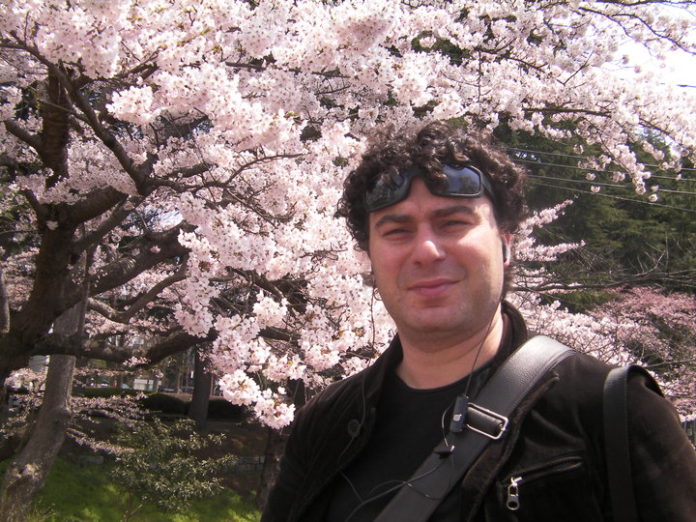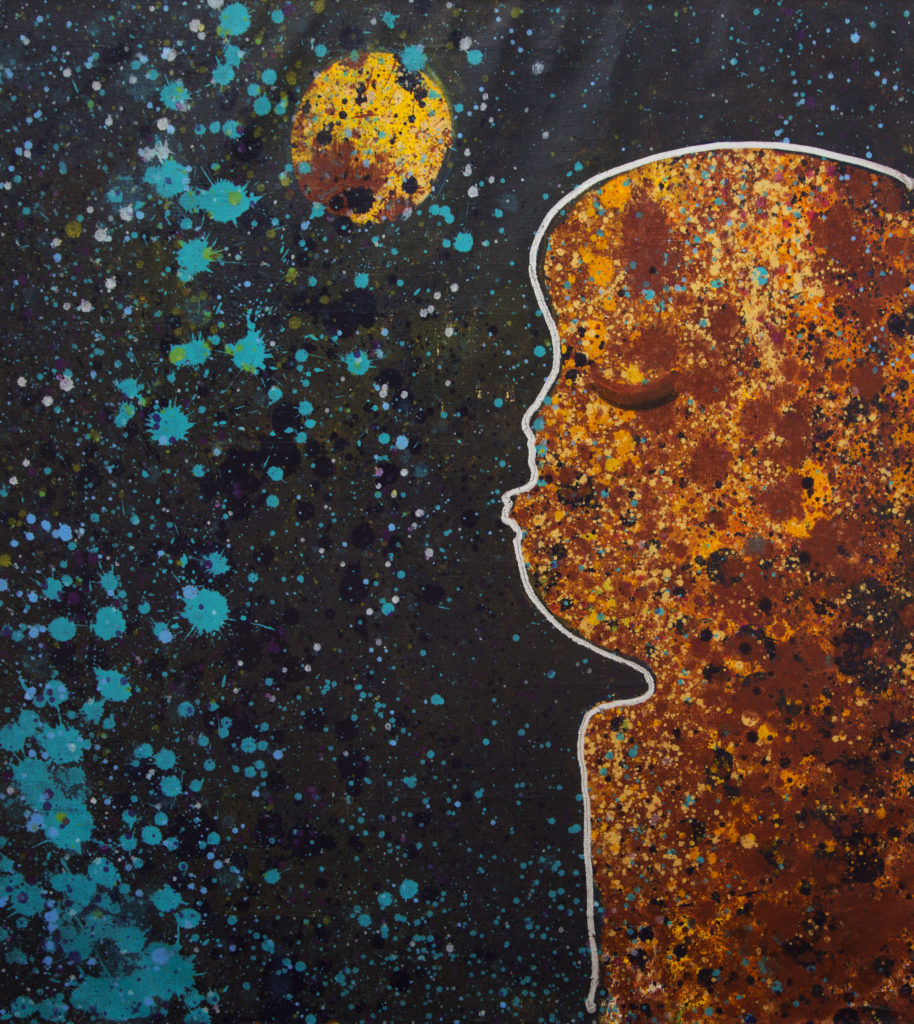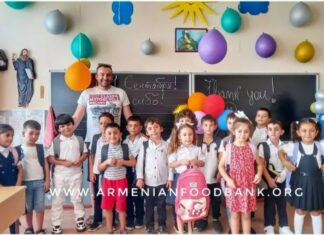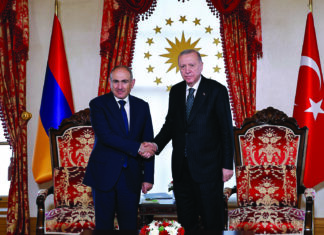By Artsvi Bakhchinyan
Special to the Mirror-Spectator
YEREVAN – The 39-year-old painter and photographer Taron Simonyan is a citizen of the world. He says he has a home and family in different countries around the world. His parents — sculptor Tsolak Simonyan and philologist Anahit Minasyan — have lived in St. Petersburg since 1963, but Taron “succeeded” in being born in Armavir, Armenia. He was 40-days-old when the family returned to Russia, and since then Simonyan splits his life between two cities, St. Petersburg and Yerevan. After graduating from Fine Arts High School, he received an artist’s education at St. Petersburg State Art Academy and then studied at the Ljubeck School of Communication Design in Germany. His first personal exhibition took place at the age of 19 in 1998 in Aachen, then in other cities in Germany, Russia, Armenia, Spain, Japan, and the United Arab Emirates. The Naples Documentary Film Festival, which organizes an exhibition of works by a single artist, in 2015 hosted Taron’s exhibition on Zorats Karer — one of the most prominent Armenian archeological sites, as well as his lecture about Armenia.
My conversation with Taron took place in his home in Yerevan in the presence of his amiable parents, in a completely artistic environment with Ararat and a panoramic view of Yerevan in the background.
There are artists who do not need new impressions and do not travel, yet they create new worlds in a closed space, relying on their imagination. Taron, you are the contrary. Your art is being fed by various trips, especially to exotic lands.
One should either close himself up or be open till the end! Everyone should be in harmony with his inner world. I have traveled from childhood, and the love for discovering new horizons emerged in me and grew year after year. I have always wanted to know what exists behind the wall. I have always been attracted to unusual countries and cultures. In 2006 I was in Japan for the first time and stayed there for two and a half months. In Kyoto I accidentally got acquainted with the famous sculptor Yasuo Yashikawa, who owns a bar for local artists. Thanks to him, I met many Japanese artists and entered the Kyoto Traditional and Modern Art Academies. I did sketches in Japan, but only during the nights, as during the days I wanted to use every minute and not miss any information. Everything was new to me. I left for Japan for the second time in 2010, worked with local artists and traveled all over the country. Moving from south to the north, I was watching the sakura’s gradual flowering. In the spring, human energy is changing, and every time I have a new energy awakening. So I reached Hokkaido island and got two exhibitions in Sapporo titled “Walk in St. Petersburg.”









